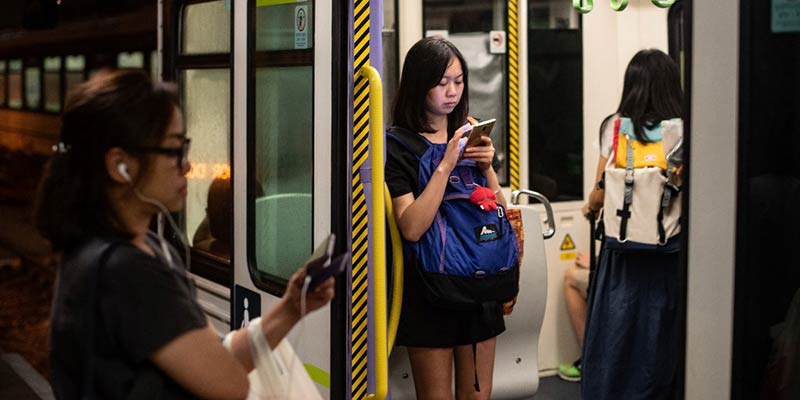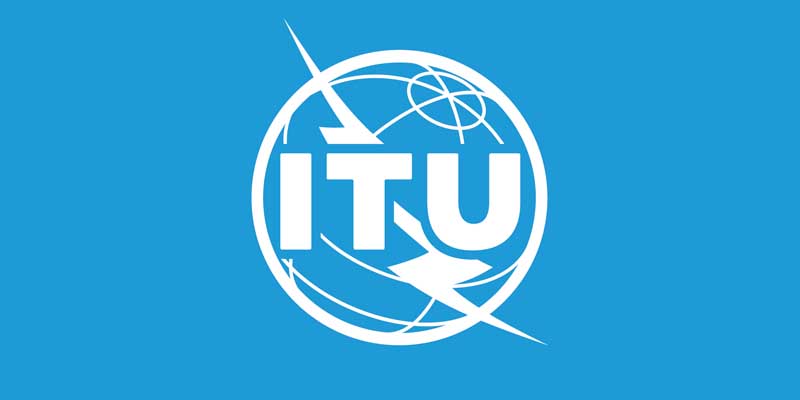- World
- Mar 01
Explainer - Universal and meaningful connectivity
Around 2.6 billion people, about one-third of the global population, remain offline worldwide, according to data from International Telecommunication Union (ITU).
As telecommunications infrastructure forms the backbone of connectivity and digital transformation, it is vital for closing the global digital divide and overcoming development impediments in areas from education and health to government services and trade.
Universal and meaningful connectivity
• The Internet is an essential tool to access information, employment opportunities and education. People without meaningful access may be left behind. This becomes more important as technologies such as artificial intelligence become more prevalent in our day-to-day lives.
• “Universal connectivity” means connectivity for all. “Meaningful connectivity” is a level of connectivity that allows users to have a safe, satisfying, enriching and productive online experience at an affordable cost.
• The two dimensions are complementary: neither universal connectivity with poor quality nor meaningful connectivity for the few will yield significant, society-wide benefits.
• At the same time, the two dimensions obviously reinforce each other: more use can lead to more meaningful connectivity, and vice versa.
• Achieving universal and meaningful digital connectivity is key for enabling digital transformation and meeting the Sustainable Development Goals.
• In June 2020, the United Nations Secretary-General issued ‘Roadmap for Digital Cooperation’, which addresses how the international community can better harness the opportunities presented by digital technologies while addressing their challenges.
• In the world of 2030 envisaged in the plan, everyone aged 15 or older uses the Internet, all households have Internet access, all businesses use the Internet, and all schools are connected, while 100 per cent of the population is covered by the latest mobile networks, and everyone 15 or older owns a mobile phone.
• Another universality target is digital gender parity, with women and men using the Internet, owning and using mobile phones, and possessing digital skills in equal proportions.
• Achieving universal and meaningful connectivity by 2030 — the possibility for everyone to enjoy a safe, satisfying, enriching and productive online experience at an affordable cost — requires a comprehensive approach that addresses infrastructure as well as other factors such as affordability and skills.
• Universal and meaningful digital connectivity is key for enabling digital transformation.
ITU’s call for universal meaningful connectivity
• The ITU has called for $100 billion in overall investments by 2026 to provide the expertise and resources required to extend universal, meaningful connectivity and sustainable digital transformation to every corner of the globe.
• Today, more than 400 organisations have committed to investing over $46 billion in the coming years to realise this shared vision.
• The fresh commitments aim to make strides across the world. That includes accessible and affordable network connectivity and digital services across countries in the Middle East, Africa and Asia as well as providing information and communication services to over 80 million people in remote villages across China and building infrastructure in Ukraine by providing connectivity and digital services essential to the country’s reconstruction.
International Telecommunication Union
• The International Telecommunication Union (ITU) is the United Nations specialised agency for information and communication technologies – ICTs.
• ITU was founded in Paris in 1865 as the International Telegraph Union.
• It took its present name in 1932, and in 1947 became a specialised agency of the United Nations.
• ITU is the intergovernmental body responsible for coordinating the shared global use of the radio spectrum, promoting international cooperation in assigning satellite orbits, improving communication infrastructure in the developing world, and establishing the worldwide standards that foster seamless interconnection of a vast range of communications systems.
• From broadband networks to cutting-edge wireless technologies, aeronautical and maritime navigation, radio astronomy, oceanographic and satellite-based earth monitoring as well as converging fixed-mobile phone, Internet and broadcasting technologies, ITU is committed to connecting the world.
• ITU’s global membership includes over 1,000 industry, academia and organisational members in addition to 193 Member States, a milestone in its 159-year-old history.
Role of ITU
• ITU makes phone calls possible. ITU standards, protocols and international agreements are the essential elements underpinning the global telecommunication system.
• ITU coordinates the world’s satellites through the management of spectrum and orbits, bringing television, vehicle GPS navigation, maritime and aeronautical communications, weather information and online maps, and enabling communications in even the remotest parts of the planet.
• It makes Internet access possible. The majority of Internet connections are facilitated by ITU standards.
• It helps support communications in the wake of disasters and emergencies – through on-the-ground assistance, dedicated emergency communications channels, technical standards for early warning systems, and practical help in rebuilding after a catastrophe.
• ITU works with the industry to define the new technologies that will support tomorrow’s networks and services.
• It powers the mobile revolution, forging the technical standards and policy frameworks that make mobile and broadband possible.
• ITU works with public and private sector partners to ensure that ICT access and services are affordable, equitable and universal.
Manorama Yearbook app is now available on Google Play Store and iOS App Store



